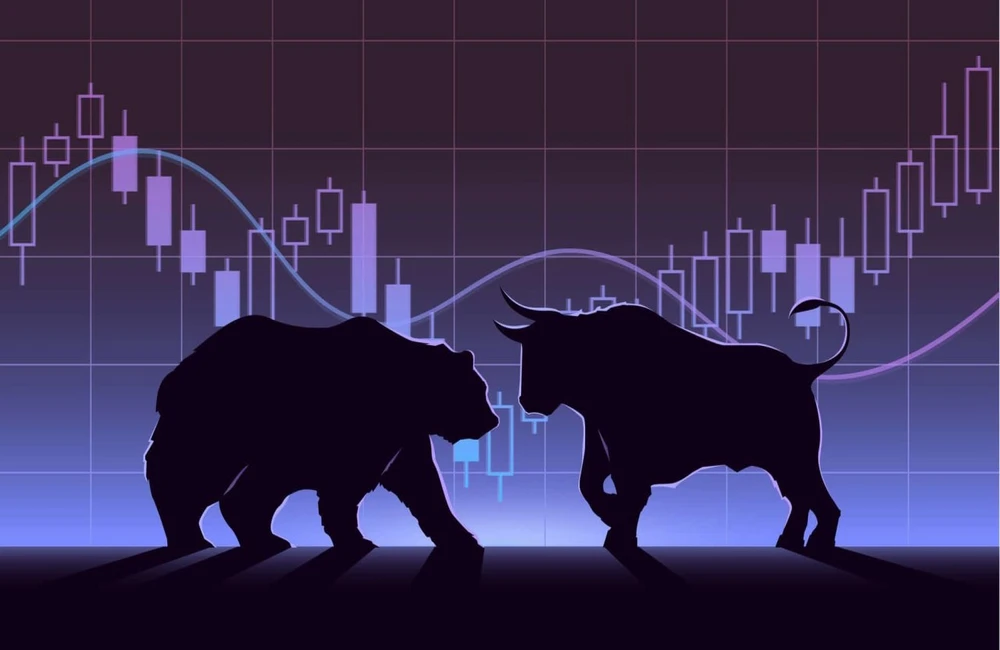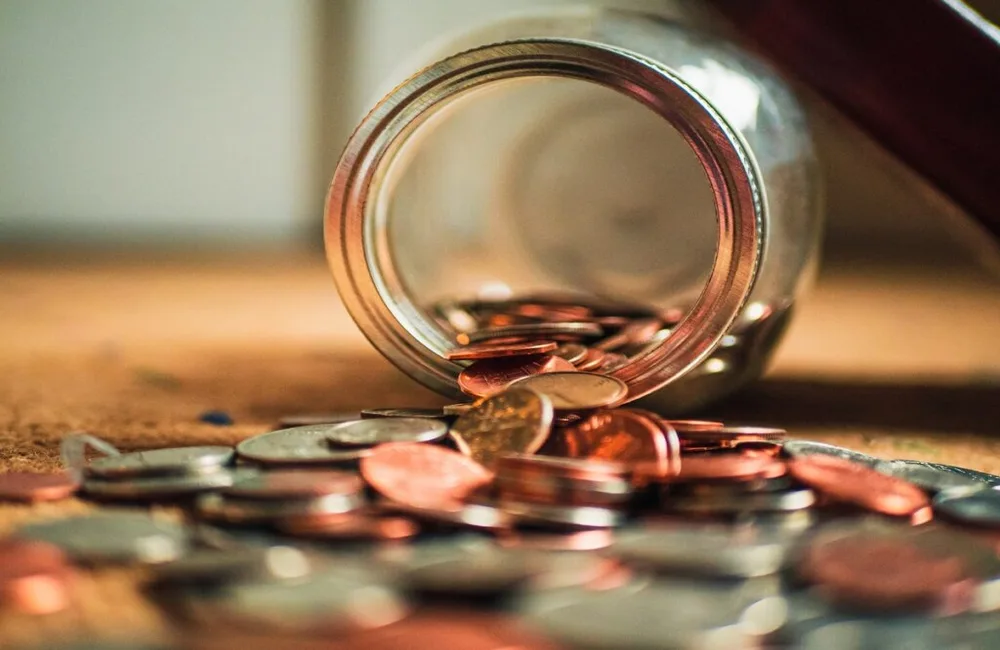After Five Parts we have made it to the end of a journey through Bubbleville. You can read the first, second, third and fourth part here.
The world has gone mad. It is quite absurd that American investors claim to expect on average a 17.5% annual return, according to a 2021 study by the global asset manager Natixis. Let that sink in. At that kind of annual rate you double your money in four and a few years. For investors with at least a decent sized portfolio, 17.5% a year gives you a shot at keeping up with the Kardashians. But before you hop a plane to Paris for fashion week, please allow me to remind you of reality: 17.5 percent a year is simply not going to happen. This is not the news many investors want to hear.
The clamor around us is of trend lines and oversold markets and crucial support levels for the S & amp; P 500 noise no wiser than what you’d hear when robots try to compress the random walk of millions of individual market operators into an encouraging soundbite. The market will cease this downward spiral when the dream of 17.5% is dead, when the vision of “stocks only go up” has sunk into the rubble of history. It is only when madness finally capitulates that markets will stop falling.
Bear in the woods
Bear markets are not pretty. The shrillness of media increases as stocks approach that magical negative 20% threshold. “How low could it go?” a TV reporter will ask. “In 1929 the market plunged 89%” a houndstooth clad professor of economics will answer through his heavy spectacles. You know you will die at work if something does happen, which is a basic quick calculation. They will come out of the woodwork mouthing “I told you so”. Investing has been a mistake, they’ll claim, finding a perverse pleasure in every market decline.
Next are the well-meaning friends and colleagues you trust. They’ll say things that sound smart like “the market is a little too risky right now so going to cash makes sense until the market becomes safer”. It will sound music to your ears. Dump going into fall, and buy the dip. How simple. That advice will ring in your ears as good because it shows a way to end the pain. The anguish of seeing a site account balance dwindling. The agony of having to tell those loved ones why the nest egg is looking more quail than chicken. The hurt of believing you are a failure. The advice seems like an escape hatch, a way to float a foundering vessel. A way to do something.
The real trick will be surviving the collapse of Bubbleville without giving way to the fear and shame that'll eventually destroy your investing plan. I understand that so many of you want recommendations on investing, a magic stock or magic fund that will deliver the returns to pull you out of the hole. This is what the investment industry wants you to believe. But redemption will not come from another hyped product. It comes from within.
Begin by admitting you have a bias toward action. Repeat after me “My name is Mark LaMonica and I am hard wired to respond to stress with behaviors that create an illusion of control over the unmanageable.” Not all action is bad. This is a moment to return to basics.
Have you set a defined goal that you can have with confidence, that has a clear way of measuring success? If not, create one.
Any idea how big a portfolio you need to reach your goal? Figure it out. You need to determine when you want to achieve your goal.
Decide how much each year you are going to save towards your goal. This will help you to determine your return rate.
Just remember perfection is the enemy of progress. Goals evolve over time. Having some kind of goal today gives you a frame of reference through which you can evaluate the trade-offs that come with leaving a new career, stepping back from work or changing your savings rate.
Choosing an investing philosophy
Investing is as much a matter of heart as dollars and cents. You who emerge post-Bubbleville could be someone who looks very different than you do now. It is high time to reflect on what kind of investor you would like to be. This question, far from being some hippy dippy exercise in self-discovery, is crucial to being a successful investor.
The investment industry, so eager to make you buy products they want to sell you not you, per se, but a you that spends money on mutual funds, stocks, bonds, etc. (In this, of course, they run afoul of day trading. When you read this and day trade, there is 95% chance you will fail). Different paths to being a successful investor doesn’t mean all will suit you. Research found that over a decade, the average investor lagged the average investment return by 1.7% annually. Why? Poor timing. It’s commonly said people buy the peak and sell the dip. It has been tulips to Terra. The reason we have such a blind spot to stupidity is that we absolutely need to have an investment philosophy that matches us; a mast to tie ourselves to, when the crypto sirens sing their bewitching songs about getting rich quick.
My own philosophy includes dividend payers, low cyclical and non-cyclical, relatively low uncertain companies. An approach so boring that when I spoke last week at the Australian Shareholder’s Association conference hardly a bastion of Cathie Wood can-can enthusiasts a member reprimanded my conservatism, boasting that he would not invest like me. I just smiled, because I’m fine with being bored. It fits my inclination and is informed by difficult lessons I learned during the .com meltdown. Yes, I’ve flopped since the days Bubbleville went ballistic. Yes, I’ve been doing quite well the past half-year. But I have stayed on target, all through this, to hit my investment goals, the sole reason I invest.
Now is the moment to get out, or find, your philosophy. For those of you with a bit more experience, maybe some investments made their way into your portfolio that don’t fit your philosophy. Completely understandable, the siren song of instant wealth and FOMO is strong. But now is a time to prune. As a new investor, a philosophy is now a beautiful time to define one. During the .com crash I came upon Jeremy Siegel’s Stocks for the Long Run and The Future for Investors. They instilled in me a raw instinct to reinvest dividends and let them compound for decades. Like I said, boring. Your philosophical apps might be different. Figure it out. Write it down. Find investments to match. I think they are going to get cheaper as Bubbleville dies.
























